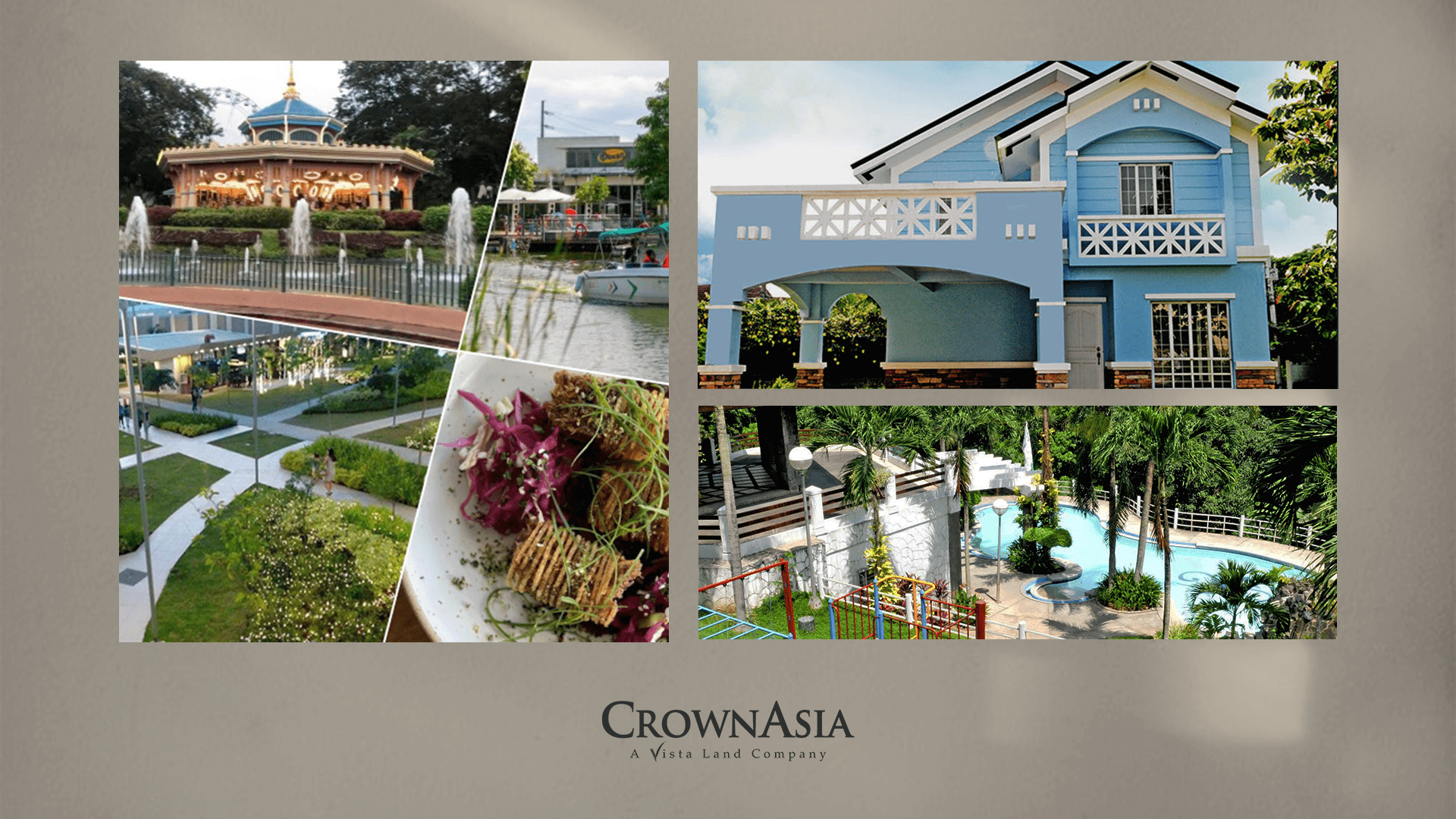As most home buyers take their time looking for their new potential home by thoroughly planning their home design and other aspects, many of them value the importance of selecting the right location as well as knowing what the city or province is known for.
Finding a house and lot for sale in Laguna is never out of a home buyer’s options when it comes to listing down the prospective home locations in some of the greatest provinces in Luzon like Cavite specially in cities like the Second Summer Capital of the Philippines, Tagaytay and provinces like Batangas. Mostly because the Laguna province is well-known for a variety of things like historical sites, which piques other people’s interest more in discovering why so many people want to live there.
If you’re among the many people who are both interested and curious about where is Laguna located and what all the hype is about aside from Laguna’s natural tourist spots, then this is the site for you! This article will go over everything you need to know about the province of Laguna and why it’s good to live there.
History of Laguna, and why is Laguna called Laguna?
Aside from the famous Laguna De Bay, being the birthplace of the country’s national hero Dr. Jose Rizal, and the Enchanted Kingdom Theme Park, there’s more to learn about Laguna!
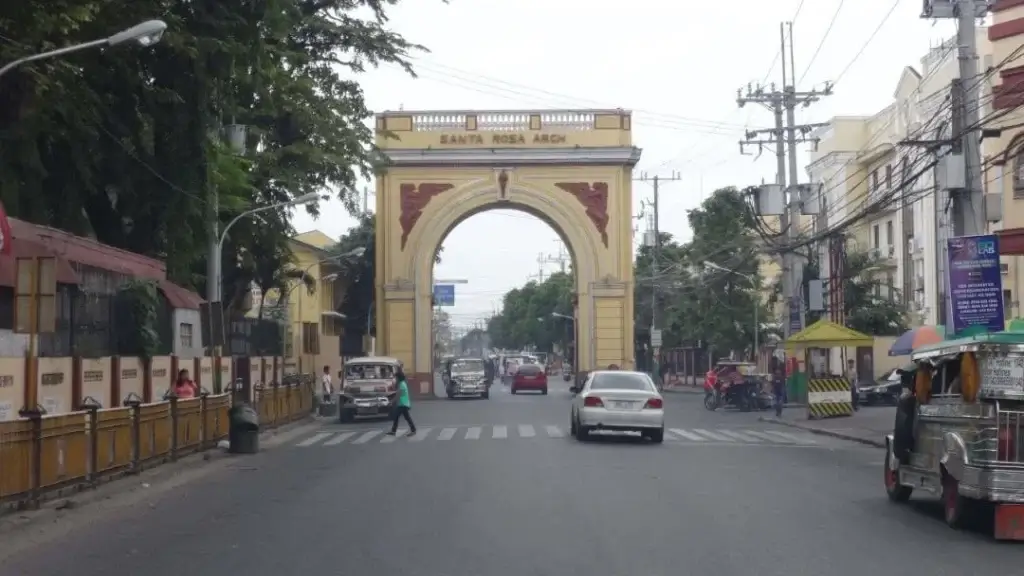
Photo taken from upload.wikimedia.org
Laguna is a province in the CALABARZON region of the Philippines, in which its name is derived from the Spanish word “lago,” meaning “lake.” It is famous for being the birthplace of Jose Rizal, the Philippines’ national hero. It was also one of the eight provinces to declare independence from Spain led by Generals Paciano Rizal of Calamba, Severino Taiño of Pagsanjan, Miguel Malvar of Batangas, and Agueda Kahabagan of Calauan during the 19th century. Moreover, Laguna de Bay — the Philippines’ largest lake, is almost completely encompassed by the Laguna province. The town of Bay served as the province’s capital until 1688, when it was moved to Pagsanjan and then, in 1852, to Sta. Cruz.
Aside from the Spanish colonization, Laguna also has its fair share in the American occupancy of the country as well as fighting the Japanese forces.
What is the capital of Laguna?
Laguna’s capital is Santa Cruz Municipality (or the Municipality of Santa Cruz).
The capital of the Laguna province is known for its commerce. From trade and commerce being the primary economic activity, it also serves as the hub of the province’s service center for the municipalities at the north-eastern part of the region.
What is Laguna known for?
Whilst it is the home of the famous Laguna de Bay, the province of Laguna is well known as the “Philippines’ Sillicon Valley” because of the number of the electronic and semiconductor industries built in the province.
But aside from that, Laguna is also know as the resort capital of the Philippines. With over 700 hot spring resorts across the province, it gained the reputation as the go-to of Filipinos when looking for hot springs.
Economic Status of Laguna: Is Laguna a Rich Provice?
Laguna has a vibrant economy — producing coconuts, rice, sugar, citrus fruits, lanzones, and other goods worth millions of pesos. Tourist attractions like Pagsanjan Falls, Calamba and Los Baños hot springs, Mount Makiling, Caliraya Lake, and many more draw visitors. The areas near Metro Manila like Las Pinas have grown industrialized, whereas the inner cities continue to engage in agricultural production or pursue cottage and small-scale enterprises.

Because of the presence of large automobile manufacturers in the City of Santa Rosa is known as the “Detroit of the Philippines.” It is home to a thriving automotive sector, with plants belonging to Toyota Motor Philippines, Nissan Motor Philippines, Honda Philippines Incorporated, and Mitsubishi Motors Philippines. It is also known as the Philippines’ Silicon Valley due to the sheer large number of electronic and semiconductor industries operating in the province. Furthermore, Laguna is also known as the Resort Capital of the Philippines, with over 700 hot spring resorts located mostly in Calamba and Los Baños.
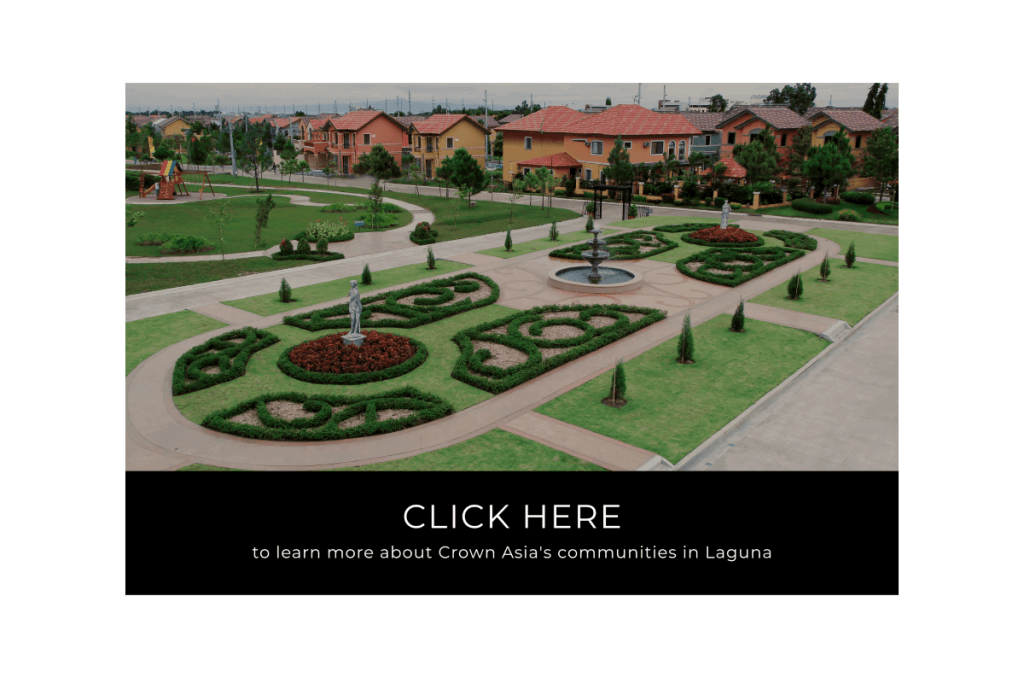
Key Cities in Laguna Province
After learning about Laguna’s brief history and current state of the economy, it’s time to move forward with finding and purchasing a house and lot for sale in Laguna, and why it’s good to live there.
San Pedro, Laguna
San Pedro is the most heavily populated city in CALABARZON, a city located just south of Metro Manila and creating the largest urban sprawl along the South Luzon Expressway and other national roads. The city is named for its patron saint, St. Peter the Apostle (San Pedro Apostol), which is also the name of the city’s main parish (town center). The town of San Pedro de Tunasan was established by the Spaniards in 1725 from friar estates, in which the city was first founded.
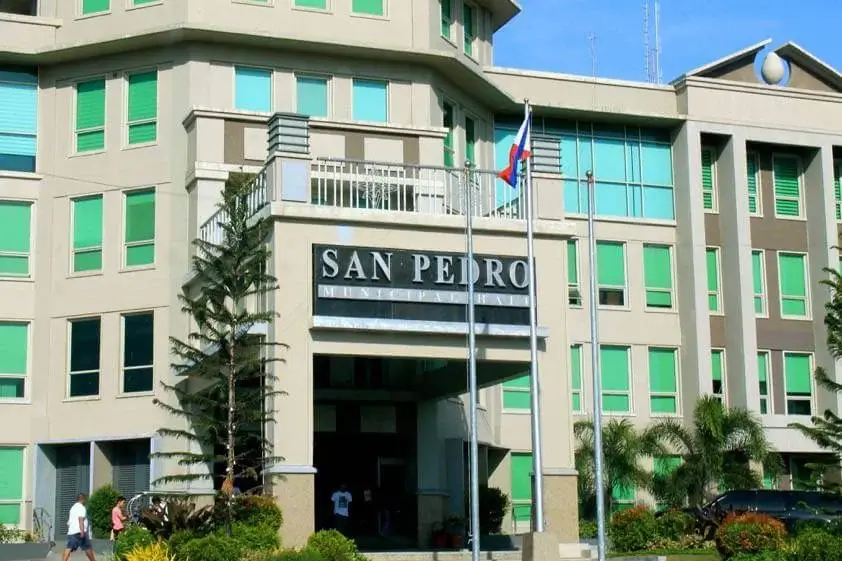
Photo taken from biyahenglaguna.com
San Pedro is known as Metro Manila’s “dormitory town,” with migrants from nearby provinces commuting daily via its highly efficient road and transportation system. In addition, San Pedro is the fourth most populous city in the province, after the cities of Calamba, Santa Rosa, and Biñan, despite being one of the smallest governmental entities in the province.
The majority of residents in San Pedro believe that looking for a house and lot for sale in Laguna, particularly in this city, is a worthwhile investment as it is conveniently accessible. Given that the city is a 15-minute drive from the National Capital Region (NCR), widely known as the center of business in the Philippines, as well as the fact that it is one of Laguna’s most progressive cities. Additionally, the city is an excellent area to reside for people who wish to be close to major cities while also experiencing a provincial lifestyle.
Check Out Our Other House and Lot Properties in the South!
Sta Rosa, Laguna
Santa Rosa is dubbed as “The Lion City of the South” since it is a province that was once a rural town but is now a thriving city. Since its declaration as a Philippine city in July 2004, the city has been described as having the potential to become the “Makati of the South.” Moreover, Santa Rosa is regarded as the Motor City of the Philippines, as it is home to numerous well-known automobile brands in the Philippines, all of which contribute over 95 percent of the country’s total automotive production. The city is also highly accessible via South Luzon Expressway.
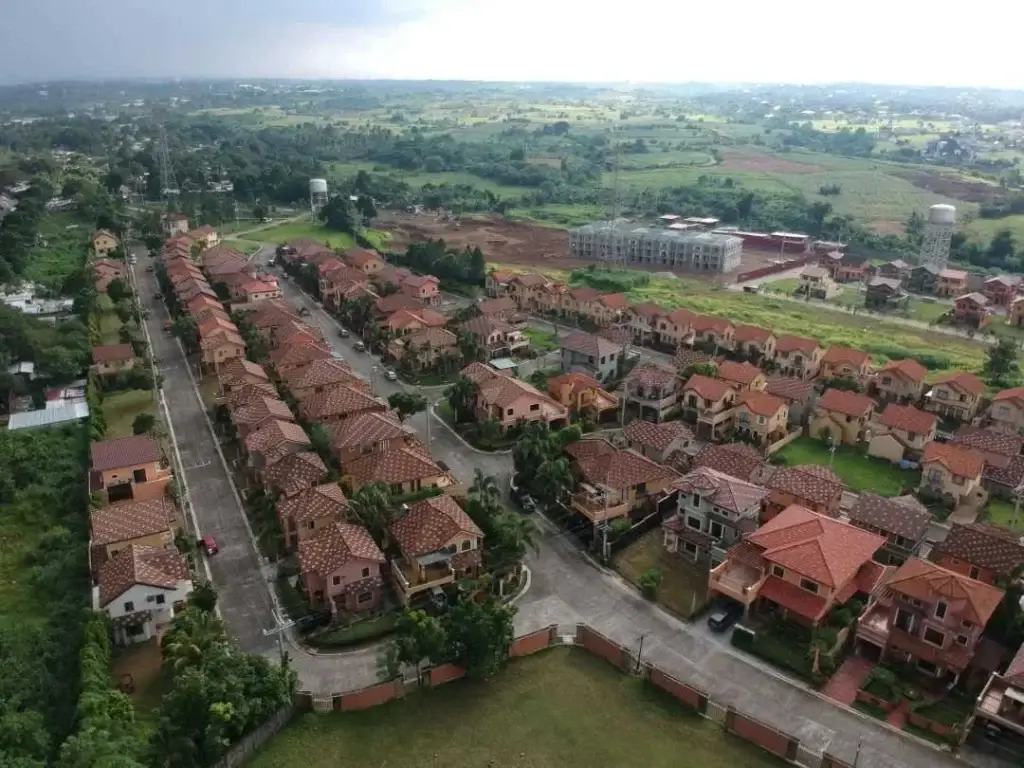
Most people opt to settle here because of its reputation as a first-class city and the heart of Laguna province, as well as its reputation as a go-to destination when people are tired of the busy and polluted neighborhoods of Metro Manila. Many home buyers strive to look for a house and lot for sale in Laguna, considering that Santa Rosa is known as the richest city outside of Metro Manila, due to its industrial parks, economic zones, car dealerships, shopping malls, manufacturing industries, and big commercial banks.
Cabuyao, Laguna
Cabuyao, also known as “The Enterprise City of the Philippines,” is located in the country’s industrialized zone. The name Cabuyao comes from the term Kabuyaw, which refers to a citrus tree that grows abundantly in the area and is used by the locals to wash their hair. It then became the town’s location reference. It’s located 43 kilometers southeast of Manila. It is roughly 54 kilometers from Santa Cruz, the provincial capital, and 9 kilometers from Calamba City, the CALABARZON region’s regional hub.
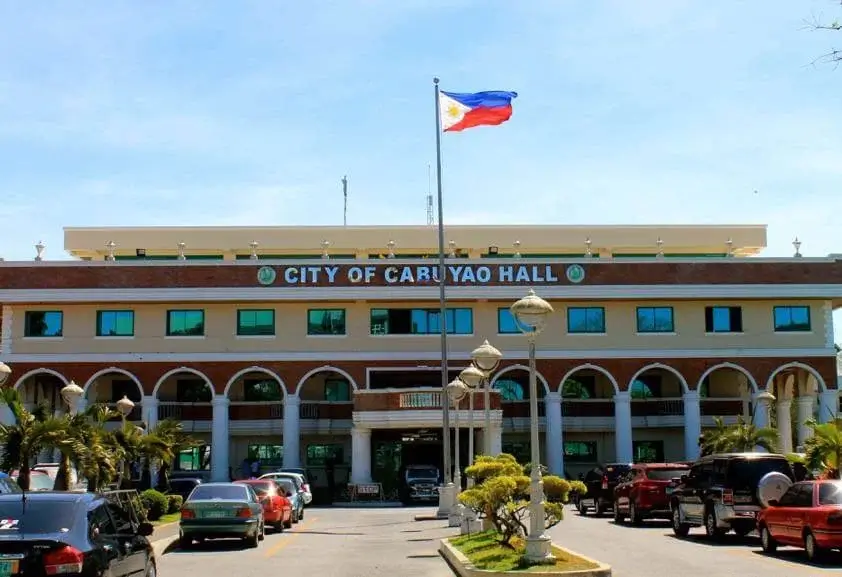
Photo taken from biyahenglaguna.com
The majority of the reason why people are interested in buying a house and lot for sale in Laguna is because of the province’s beautiful and spectacular scenery, which Cabuyao does not lack. The city is also surrounded by kind people and a clean environment, as well as various restaurants serving delectable cuisine and exciting tourist attractions.


